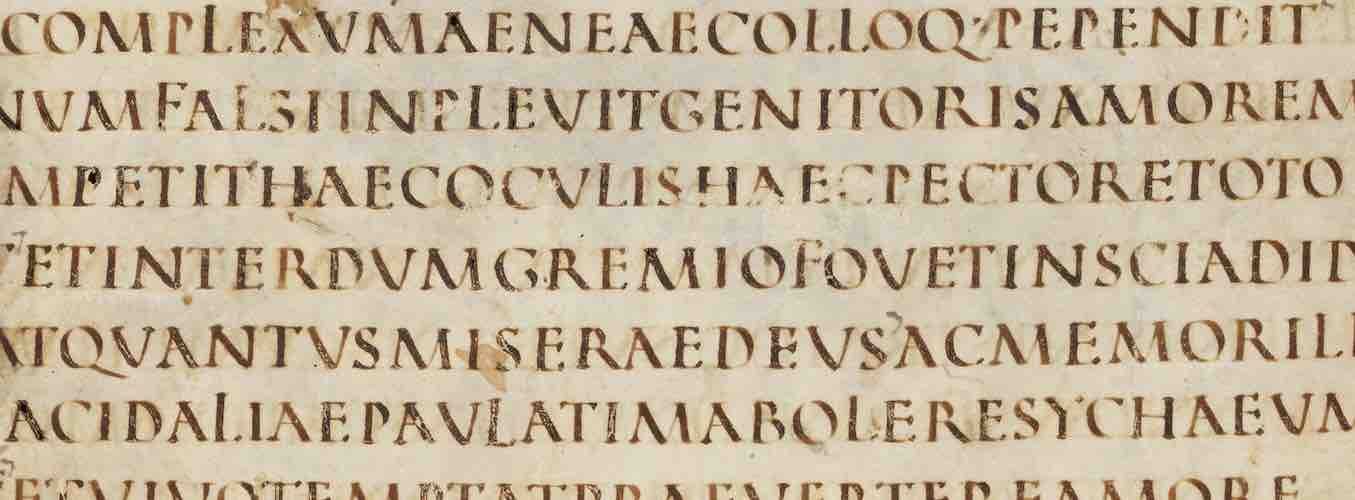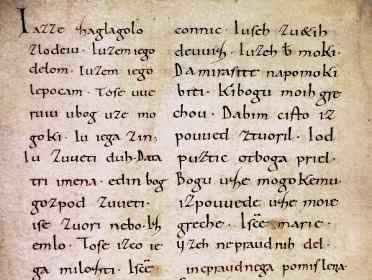and the distribution of digital products.
Medieval Scribes May Have Cracked the Secret to Writing Better Code
Did you know the way we write – with spaces, punctuation, lowercase letters and highlighting headings and title – has its roots in a nearly 1,200-year-old innovation? It might surprise you to learn that this transformation wasn’t about aesthetics but about solving a practical problem: making texts easier to read and share. Making texts legible.
\ Let’s go back to the Roman Empire. Before the 2nd century, the most popular form of writing was majuscule – essentially uppercase letters. After the fall of Rome in the 5th century, the Dark Ages brought chaos, and writing systems became increasingly fragmented and hard to read.
\ Fast forward to the 7th century, and what's left of the Roman Empire have fractured into smaller territories. In this turbulent period the Frankish Empire began to take shape. A main event happened in 732. Charles Martel, a Frankish military leader, successfully repelled an invasion by the Umayyad Caliphate at the Battle of Tours. This victory secured the Frankish Empire’s dominance in Europe and allowed Charlemagne, Charles Martel’s grandson, to build on this legacy.
\ At the same time religion began to play a huge role leading to emergence of churches across Carolingian Empire. Charlemagne aimed to spread Christianity across the whole empire. To do this, he needed clear, standardized copies of religious texts, mainly the Bible. But there was a problem: Latin texts of the time were somewhat hard to digest, making them nearly impossible to read and copy accurately.
\ What does the text in Latin looked like at that time? It was something similar to this.
\

\ Not an easy task to decipher this mess! Now imagine that you not only need to decipher it but also make a copy of it written by hand. No, there was no printing yet, sorry – you had to write every copy by hand. And then other people need to read your copies. Nightmare, right?
\ That is when Carolingian minuscule was born – a script that introduced lowercase letters, spaces between words, and punctuation. It transformed dense and crowded Latin texts into something clear and legible. This innovation made copying texts faster and more accurate, ensuring they could be read by priests and scholars across the empire.
\

\ Ask any developer and they would answer that in software development legibility is just as critical. High-level programming languages, like Python or JavaScript, brought a similar clarity to the programming world, much like Carolingian minuscule transformed writing. They allowed teams to write maintainable code that others can easily understand and build upon. Computers don't care about the legibility of a code, in fact, it is a common practice to minify the code in some cases (for instance, in frontend development). So the code is written for other fellow developers to read later, or even for yourself to read later.
\ You might say "Okay, I get it, you are bringing a nice metaphor between ancient handwriting used by priests and a programming. But what should I learn from it?". The lesson here isn’t just about writing readable code – it’s about defining what readable truly means. What makes one piece of code more readable than another but a similar one? Practices like consistent naming for variables, functions, and modules are a start, but as a whole engineering discipline, we’re still in the early stages of discovering what makes code inherently understandable and maintainable.
\ Just as Carolingian minuscule wasn’t the end of calligraphy’s evolution, today’s high-level programming languages are just one step in our journey toward more accessible and efficient software development.
- Home
- About Us
- Write For Us / Submit Content
- Advertising And Affiliates
- Feeds And Syndication
- Contact Us
- Login
- Privacy
All Rights Reserved. Copyright , Central Coast Communications, Inc.